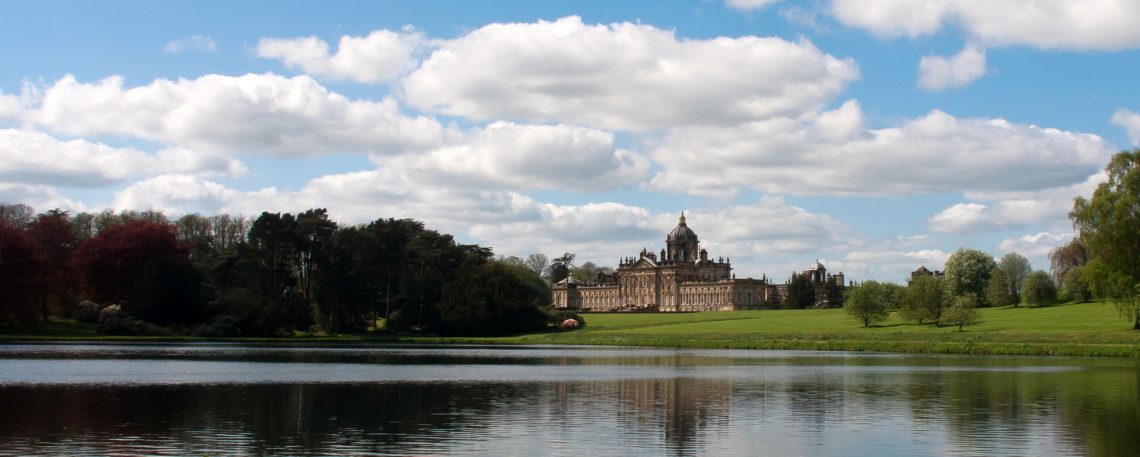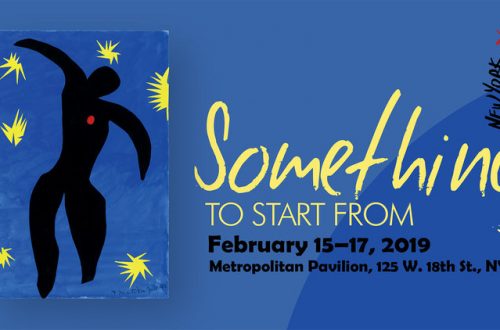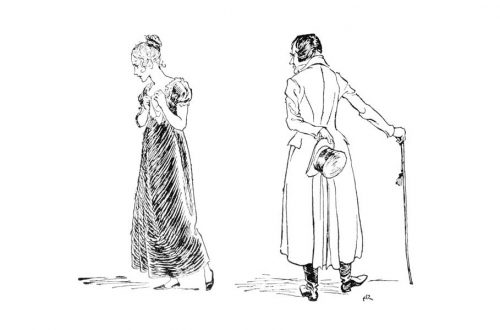by Abbey von Gohren
When I have occasionally set myself to consider the different distractions of men, the pains and perils to which they expose themselves at court or in war, whence arise so many quarrels, passions, bold and often bad ventures, etc…I have discovered that all the unhappiness of men arises from one single fact, that they cannot stay quietly in their own chamber.
— Blaise Pascal, Pensées 139
Our minds are constantly trying to bring God down to our level rather than letting him lift us into levels of which we were not previously capable. This is true in life as it is in art. Thus we love within the lines that experience has drawn for us, we create out of impulses that are familiar and, if we were honest with ourselves, exhausted. What might it mean to be drawn into meanings that, in some profound and necessary sense, shatter us? This is what it means to love.
— Christian Wiman, My Bright Abyss
Last year the philosopher Agnes Callard of the University of Chicago created quite stir with a provocative and thought-provoking essay questioning the usually-unquestioned good of travel (or more specifically tourism). What was immensely helpful about this was that she was willing to step into the breach and endure the inevitable ire of the internet. Her essay presents some very real problems of tourism as it is commonly practiced. For instance, she points out that travel involves a suspension of usual activities, but not in a way that leads to meaningful learning or personal change. You went to Paris; you saw the Mona Lisa. Are you a different person with any revised habits or ways of seeing the world upon your return home? Probably not in any kind of concrete way. As she points out, the traveler will often wax poetic about his experiences but his witness is not necessarily to be trusted, partially because he has been convinced well in advance that he ought to have been changed and so the whole business is manufactured. Ultimately, she makes the argument that our lives are rarely changed by travel to the same degree that we “inflict” change on others, and she marshals no petty cohort to support her aims, including Chesterton, Emerson and Walker Percy. Chesterton’s insight, as she explains, was that “the problem was not with other places, or with the man wanting to see them, but with travel’s dehumanizing effect, which thrust him among people to whom he was forced to relate as a spectator.” Her point is that the experience makes neither the spectator nor those being spectated better human beings at all.
The resulting Twitterstorm was predictable. People love their travel. I too was tempted to be offended. But her questions were too successfully probing, and so I found myself wondering about my own motivations. Pascal floated through my mind, reminding me that ennui, restlessness and an inability to stay at home are symptoms of a deeper interior problem than just a sign that it’s been too long since I left the tarmac or that I have airline miles piling up. If I’m being honest, I do indeed often book a flight when I’m tired of my surroundings, as Pascal predicted. Additionally, it does seem as if travel forces a kind of acceleration through time and space that is outside of the natural order. (It still blows my mind that we can arrive in Paris in a mere 6-7 hours. Not to mention the unsettling idea of time differences.) Walking through a place, on the other hand, forces you to pay attention to others, and so it is easy to see how things around us become abstractions when we travel; they are literally more blurry, less concrete, untouchable.
Ross Douthat’s reasoned and open-minded rebuttal of Callard published shortly afterward in The New York Times offered an angle which might initially prove attractive. He was fresh from a trip traipsing around Europe with his young family, an excursion perhaps of the variety that Callard was aiming at. He noticed however that she was putting her finger on an actual problem of the heart. By his lights, “forces of secularization and disenchantment…have transformed the promise of travel by making mere tourists out of people who would have once been pilgrims instead.” Douthat sees the experience of pilgrimage as a way of elevating travel to a higher purpose. He concludes that “the passive tour bus prisoner, the hyperactive monument collector — is a peril for the modern traveler, but not something inevitable or universal.”
Though imbuing a journey with a holy sense of purpose (pilgrimage) is a lovely idea, historical pilgrimage has always been not only a holy and respectful calling but every bit as much a moneymaker as Disney World, complete with the trappings and trinkets. Perhaps what’s needed is an even closer look at the heart. Callard quotes Chesterton in pointing out that the human bond we feel from a distance is not an illusion. We can love someone we’ve never met, which allows for a kind of universal love. Perhaps this is possible, but actual physical presence and proximity transforms us in unique, unfathomable ways which secondhand stories and facetime can’t do for us. There is a love of the shattering variety which dashes us down and then lifts us back up into something new, and this is precisely why we must travel. The way out of a tiresome tour bus and onto the pilgrim road is an odd, unpredictable combination of grace and a mind willing to leave preconceived frames at home.
Enter Charles Ryder, first-person narrator and friend of the Brideshead family in Brideshead Revisited by Evelyn Waugh. As a young man Charles is urged by his friends to pursue his artistic abilities. Sebastian Flyte, his winsome and decadent college friend, is the first person to offer him an education in the beautiful. As Sebastian shows Charles around the school grounds and later his family’s expansive estate, Sebastian eagerly imbibes all around him, and urges Charles to do the same. The spaces they visit are holding places for memory. Sebastian quips at one point that a beautiful spot they’ve come upon is “just the place to bury a crock of gold. I should like to bury something precious in every place where I’ve been happy and then, when I was old and ugly and miserable, I could come back and dig it up and remember.” Charles’ ability with the paintbrush grows right alongside his love for Sebastian and for Brideshead, the estate.
Later in the story, Charles has grown up but now his art has become calcified into a constant stream of English countryside homes, with his ambitious wife Celia promoting his “talent.” Fed up, Charles decides to make a break for it and takes a South American tour where he paints the exotic landscapes beyond, after which he returns to England to show his “new” work. A friend from their old set, Anthony Blanche, comes to his exhibition and gushes appropriately while the critics are within earshot. But later in the evening, Anthony levels with him: “What did I find? I found, my dear, a very naughty and practical joke…It was charm again, my dear, simple, creamy English charm, playing tigers.” Charles readily acknowledges this. He knows he hasn’t changed one bit; though he’s had to learn how to paint in different circumstances, he has not changed and neither has his art.
Shortly after this episode, he begins to be transformed; but it is by a person, not a voyage. He finds himself in love with Julia. Julia has always been a familiar figure, being Sebastian’s sister; yet she has always kept her distance. Finally, she acquiesces to her feelings and they admit on the ship during a rough sea voyage that they love one another unequivocally. Thus begins a different kind of journey where Charles must reconcile himself to a much-changed interior landscape which also continues to shift in maddening, confusing ways.
Tellingly, they are happiest together when they return to the Brideshead estate and Charles begins painting her. “She had sat so often; I never tired of painting her, forever finding in her new wealth and delicacy.” With eyes of love he is content. In her he finds his quarry, the source of beauty he’s longed for since Sebastian gave him a taste for it. Sadly, Julia cannot stand this level of scrutiny. He still has too much of the “tourist” in him and not the lover. She finally breaks down: “Why must you see everything secondhand? … Why must my conscience be a pre-Raphaelite picture?” It is a glimmer-reflection of her brother’s offhanded comment many years earlier while exploring the family’s estate. When Charles appraises a piece of architecture with “Is the dome by Inigo Jones, too? It looks later,” Sebastian counters, “Oh Charles, don’t be such a tourist. What does it matter when it was built, if it’s pretty?”
Charles may not quite make it off the tour bus, though he’s probably got one foot out the door by the end of the book. His story may very well be our own. A traveler is like an artist. The critical distance or framing and the temptation to be reductionist – these are real problems which can make tourism harmful. On the other hand, when sustained attention and craft come into an admixture with love, what you can have (if only for a brief second) is a profound meeting of human beings. We all have a handful of memories like this, often uncapturable in a photograph or painting. Our eyes meet someone utterly different from us and we walk away changed.
The final days of Charles’ friend Sebastian provide a glimpse of what this kind of shattering might look like. His path throughout the second half of the book diverges dramatically from Charles’. He has passed many drunken, dilettantish days flitting about North Africa and elsewhere (not unlike St. Augustine), but it seems he still cannot escape a kind of destiny to love and be loved. His sister Cordelia retells his winding story to Charles one day, which includes caring for a German with a diseased foot and being cared for in his drunken stupor by the brothers in a Tunisian monastery. Cordelia explains that despite all of his worldly ways, the Superior recognizes a kind of holiness in him. Sebastian, in a position of need, is brought into the fold of the holy community, one which recognizes the holiness in him, the kind that comes from suffering.
May we learn how to see and be seen in this way. Not through an I-phone lens briefly but as the holy images of God that we all are despite all our brokenness. Perhaps through a shift in attitude we can elevate travel to living real life together, however impermanent the moment.
Has travel shaped the way you understand your own place, your neighbors, or yourself?
Join the conversation and share your thoughts in the comments below.

Abbey von Gohren is managing editor of Veritas Journal and writes regularly at her substack Heart Before the Course. To borrow a couple lines from George Herbert, she seeks to better notice “God’s breath in man returning to his birth” with her “soul in paraphrase, heart in pilgrimage.”
Header Image: “South Lake, Castle Howard,” by Heikki Immonen CC3.0 (cropped)




2 Comments
Bridget Donohue
I think this might be my favorite piece of Abbey‘s yet. I have such a complicated history myself with Brideshead and this deepens the mystery of it even more. And now that I am working with refugees, I understand in spades the migration journey that we are all on and how to travel this road with Beauty in my sights and Dignity in my actions.
Ben Utter
Bravo, dear Abbey!
Like Bridget, in the comment below, my relationship with this novel has changed somewhat over the course of my own travels through life in the more than two decades since I first encountered it. My affection for it abides, though, and I greatly enjoyed re-revisiting Brideshead through your eyes.
Did you deliberately time this essay to coincide with the end of summer? Here I sit, attempting to “stay quietly in [my] own chamber” in order to finish my syllabi in time for the start of Fall classes. My memories of summer travels are fading, though my vague sense of unease at having failed to be changed sufficiently for the better by those experiences lingers.
Well, your words are a good reminder that those expectations were probably foolish. Thanks for the reminder to seek meaning in the holy here and now, even as I ponder how best to help my students experience what you so beautifully describe as “sustained attention and craft com[ing] into an admixture with love” through encounters with works of art and with one another.
p.s. Your use of an image from the 2008 film adaptation makes me wonder whether you’re familiar with the mini-series from 1981–a sensual delight in its own right!